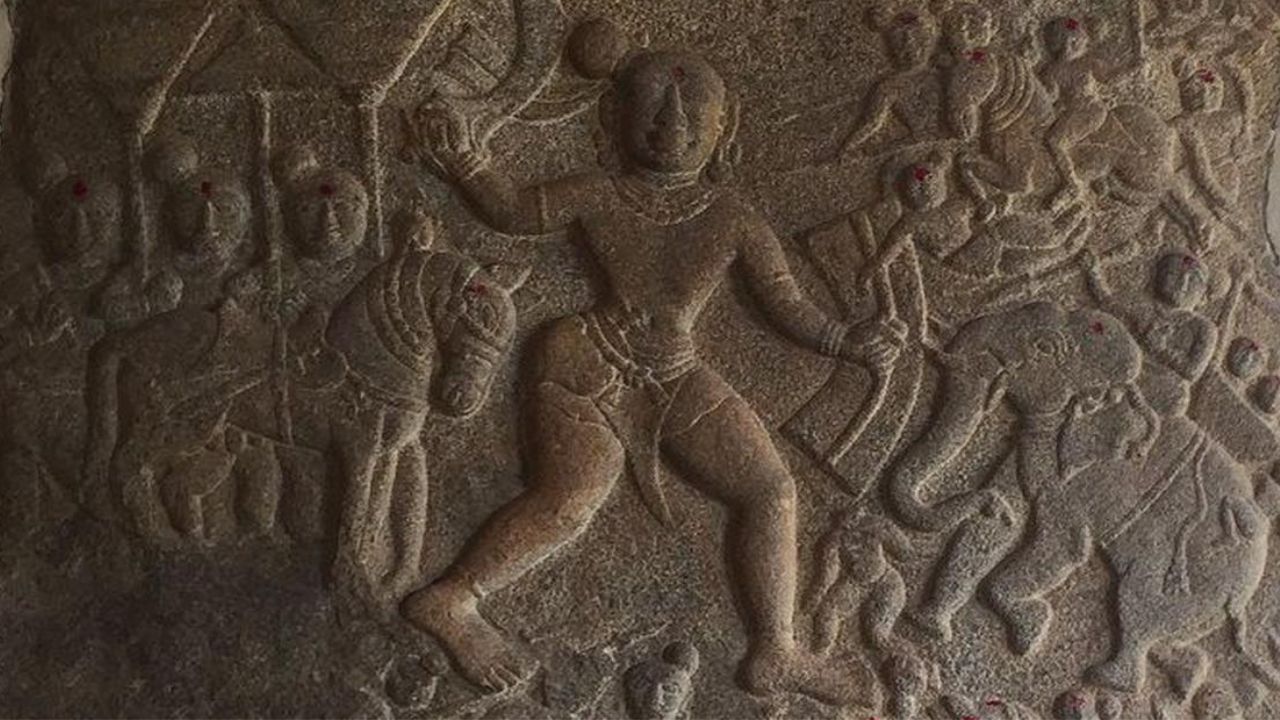
Buzz Off!
Read More
Sanity Break #1
Here’s a dose of luxe surrealism on a Friday morning: This 2012 Vogue gallery of eye-popping photo shoots that pay tribute to fairytales. The one features Lady Gaga as the witch in Hansel and Gretel.

Headlines that matter
Check out this edition for the most important stories from around the world today!

Sanity Break #2
This is a very funny New Yorker strip pitting real introverts vs the fake pandemic kind.

Weekend advisory
From the latest releases to thought-provoking and lively reads, we’ve sorted your weekend just so you won’t miss us too much!

Feel Good Place
Need an immediate pick-me-up? We have you covered! From hilarious animal clips to stuff that’ll make you go “lol why?!”, we have all you need to keep you sane on even your worst hair day.






